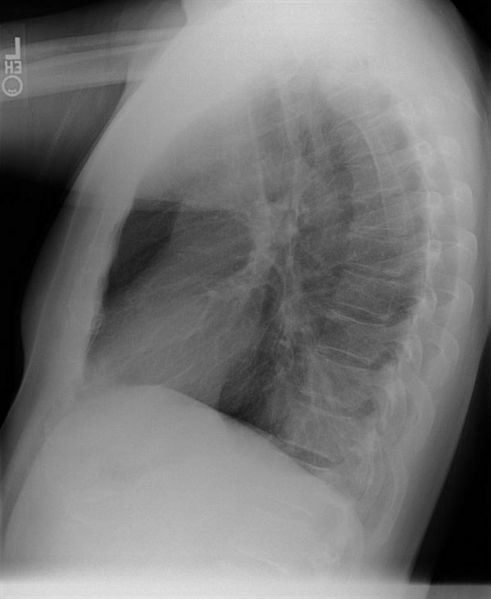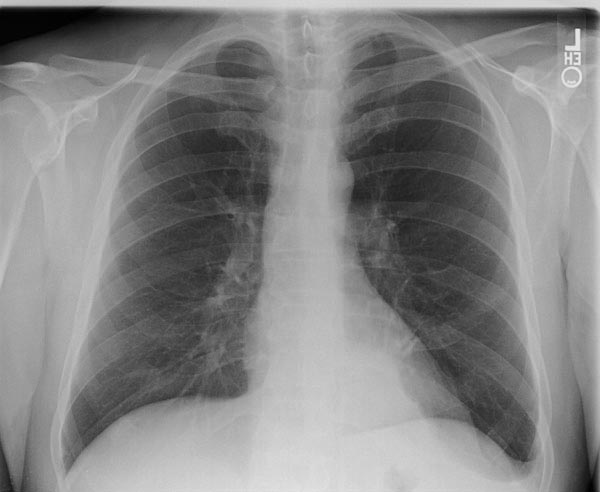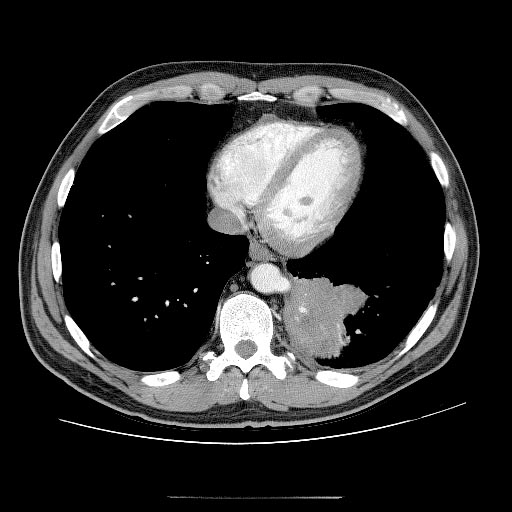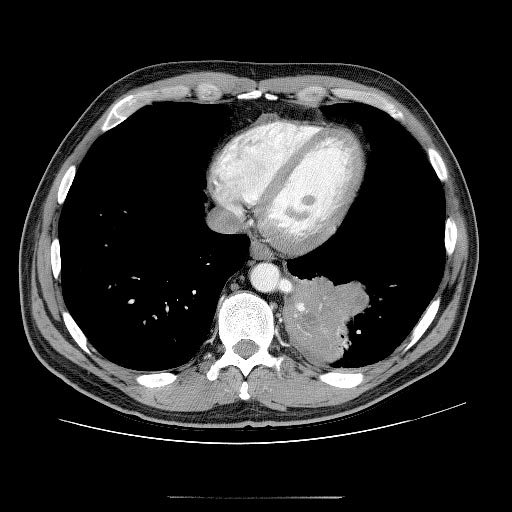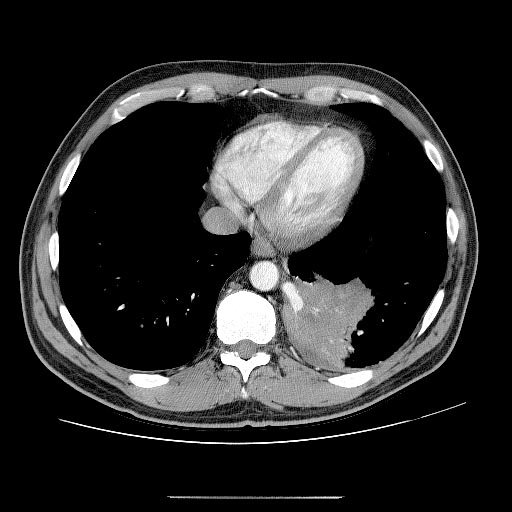Pulmonary sequestration
| Pulmonary sequestration | |
| ICD-10 | Q33.2 |
|---|---|
| ICD-9 | 748.5 |
| DiseasesDB | 32120 |
| eMedicine | ped/2628 radio/585 |
| MeSH | D001998 |
Editor-In-Chief: C. Michael Gibson, M.S., M.D. [1]
Please Take Over This Page and Apply to be Editor-In-Chief for this topic: There can be one or more than one Editor-In-Chief. You may also apply to be an Associate Editor-In-Chief of one of the subtopics below. Please mail us [2] to indicate your interest in serving either as an Editor-In-Chief of the entire topic or as an Associate Editor-In-Chief for a subtopic. Please be sure to attach your CV and or biographical sketch.
A pulmonary sequestration, also known as a bronchopulmonary sequestration or a cystic lung lesion, is a medical condition where a piece of tissue that develops into lung tissue is not attached to the pulmonary blood supply and does not communicate with the other lung tissue. Often it gets its blood supply from the thoracic aorta. Communication is a medical phrase indicating that it is not connected to the standard bronchial airways and that it performs no function in respiration.
This condition is normally detected in children and is generally held to be congenital in nature. The treatment for this is a segmentectomy via a thoracotomy. More and more, these lesions are diagnosed by prenatal ultrasound.
Variations
There are two different kinds of pulmonary sequestrations, intralobar and extralobar. The generally accepted difference between these seems to whether or not the sequestration has its own pleura, although some thoracic surgeons seem to prefer a definition that relates to the degree of vascular connection for the sequestration.
Symptoms
Symptoms can vary greatly, but they include a persistent dry cough.
Diagnosis
Sequestrations can be identified in-utero via an abnormal artery on ultrasound. The gold standard for diagnosis is pulmonary angiography. But since it is a very invasive procedure, it is getting replaced by CT Scan with a contrasting fluid, as the investigation of choice. Further studies are required for comparing sensitivity and specificity of angiograms versus ct scans in diagnosing pulmonary sequestration.
Complications
Failure to have a pulmonary sequestration removed can lead to a number of complications. These include:
- It can be fatal if you have hemorrhage of the blood vessels
- It can cause cardiovascular problems due to the creation of a shunt where blood flows in a shortcut through the feed off of the aorta.
- It is necessary to prevent long-term infections. Things like tuberculosis, aspergillosis, bronchial carcinoid, brunchogenic squamous cell carcinoma.
Treatment
Usually the sequestration is removed after birth via surgery. In most cases this surgery is safe and effective; the child will grow up to have normal lung function.
In a few instances, fetuses with sequestrations develop problematic fluid collections in the chest cavity. In these situations a Harrison catheter shunt can be used to drain the chest fluid into the amniotic fluid.
In rare instances where the fetus has a very large lesion, resuscitation after delivery can be dangerous. In these situations a specialized delivery for management of the airway compression can be planned called the EXIT procedure.
Sources
- Truitt AK, Carr SR, Cassese J, Kurkchubasche AG, Tracy TF Jr, Luks FI. (2006). "Perinatal management of congenital cystic lung lesions in the age of minimally invasive surgery". J Pediatr Surg: 41:893-896.
- Savic B, Birtel FJ, Tholen W, Funke HD, Knoche R. (1979). "Lung seqestration: report of seven cases and review of 540 published cases". Thorax: 34:96-101.
- Fabre O, Porte H, Godart F, Rey C, Wurtz A. (1998). "Long-Term Cardiovascular Consequences of Undiagnosed Intralobar Pulmonary Sequestration". Annals of Thoracic Surgery: 65, 1144–6.
- Ferguson (1983). "Congenital lesion of the lungs and emphysema". Gibbons surgery of the Chest (4th ? ed.). WB Saunders. pp. 668–709. ISBN Unknown.
- Rubin E, Garcia H, Horowitz M, Guerra J. (1994). "Fatal Massive Hemoptysia Secondary to Intralobar Sequestration". Chest: 954–955.
- Sabiston D, Spencer F. Surgery of the Chest (6th ed.). pp. 853–862.
Template:Congenital malformations and deformations of respiratory system
Template:SIB
